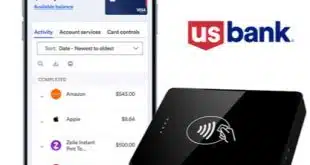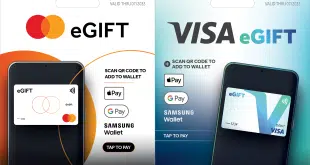At least some payments players appear to be preparing for an important new phase in the buy now, pay later business, with an opening salvo to include significantly larger loans and revised credit terms that make the advances appear more like traditional installment programs.
The move comes as the short-term point-of-sale lending gambit’s skyrocketing popularity has attracted scrutiny from federal watchdogs, including the Consumer Financial Protection Bureau, which contend some consumers are being induced to take on more debt than they can handle.
“The regulators are going to catch up with all of this,” warned Brian Shniderman, U.S. chief executive for OPY USA Inc., a unit of Australia-based BNPL player OpenPay Pty. Ltd. Shniderman spoke last week at a national payments conference in Nashville, Tenn., convened by Nacha, the rules-setting body for the automated clearing house network.

In sharp contrast with the low-value POS loans that have characterized the BNPL craze of recent years, companies like OPY offer instant financing for big-ticket costs such as medical bills, automotive repair, home-improvement projects, and college tuition. Now, the company is making a big move in the U.S. market, Shniderman told the Nacha audience. “It’s not buying tennis shoes. It’s for more important needs,” he said. “And it’s very inexpensive for consumers as long as they pay on time.”
Shniderman predicted the BNPL business will consolidate as new federal rules take hold, driving up lending costs. “It’s going to get regulated, and [some] can’t meet the cost of compliance,” he said. Current providers will also struggle with their inability to finance bigger tickets, he said, along with the need to invest in technology needed for data collection. In a demand letter sent in December to five major players, the CFPB requested information related to three main areas of concern, including the potential for overspending by consumers who rely too heavily on the readily accessible point-of-sale credit.
What Shniderman called BNPL 2.0 will shift much of the cost of POS lending activity to the merchant, he said, with big-ticket sellers expected to be able to shoulder the expense. “We can do better if we have a large pool of participants so they don’t get hit with all of the cost,” he noted.
The market OPY is targeting is big and growing rapidly. Installment lending at the point of sale has grown from 14% of a $1.04 trillion unsecured U.S. lending market in 2016 to 23% of a $1.27 trillion market last year, according to figures Shniderman presented. Credit cards account for the balance in both years.
Along with this growth, he argued, will come an evolution toward consumers sharing the cost of lending with merchants. Terms, now typically four equal payments over a six-week period, will lengthen as the service is aimed at larger-ticket goods. Instead of the younger audience now said to be using BNPL, the user base will shift toward older consumers using the funds to pay for non-discretionary goods and services. Users will be savvier credit users and be subjected to credit checks, but the service will sustain higher loss rates and be subjected to regulation, Shniderman predicted.
OPY has already reached an agreement to install its service in terminals from Worldpay, the big acquiring operation that is part of FIS Inc., Shniderman said. More such agreements are likely, owing in part to deals with independent software vendors, the developers that weave payments capability into business technology. “Our favorite way is [for it to be] embedded by ISVs,” he noted.





